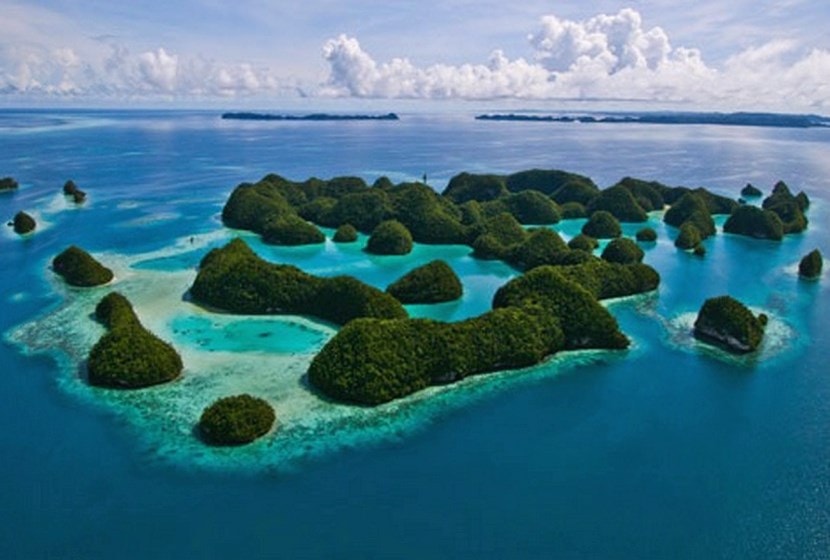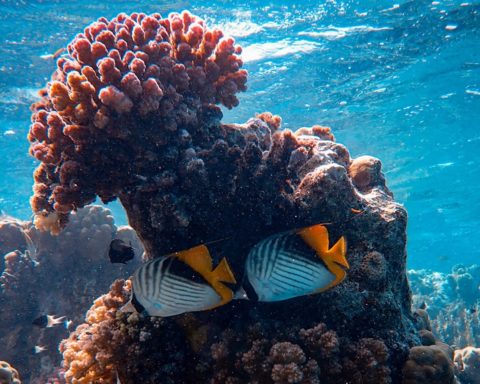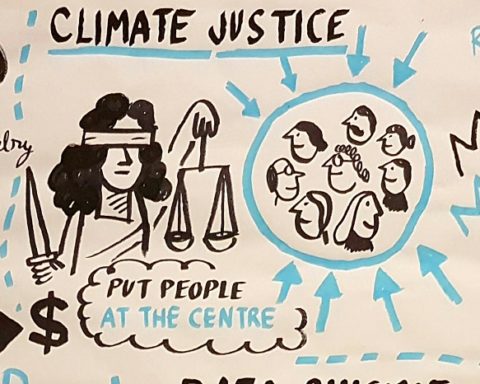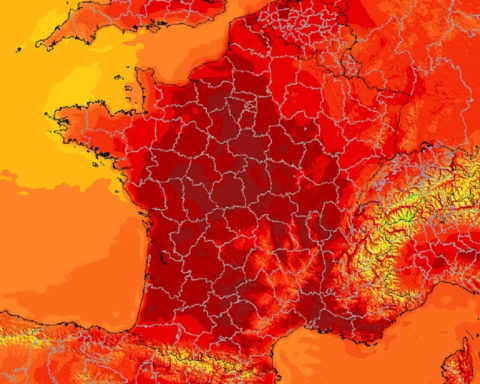An information portal highlighting the climate and the role of coastal ecosystems in sustainable development has just been launched, according to the UNEP News Centre.
Photo credit: GRID-Arendal/Jason Valdez (Marine Photobank)
Marine ecosystems such as mangrove forests, sea grasses and saltwater marshes can capture and store a significant amount of carbon in the atmosphere. Yet the significant potential of these blue carbon niches to mitigate the adverse effects of climate change remains neglected.
In order to improve the understanding of blue carbon, and to highlight innovative projects that can support these critical ecosystems, the United Nations Environment Programme (UNEP) has launched "The Blue Carbon Portal": http://bluecarbonportal.org.
Co-managed by UNEP and its Norwegian-based Collaborating Centre GRID-Arendal, this portal is the first comprehensive, community-based website dedicated to blue carbon issues.
It aims to provide a dynamic platform to discuss blue carbon issues, illustrate blue carbon initiatives around the world, and create a network of different projects to share information, ideas and resources, with features such as :
- An update as well as an archive of information about blue carbon;
- A global utility map illustrating blue carbon projects and initiatives;
- A resource page on all publications, presentations and videos related to blue carbon;
- The blue carbon calendar of events.
In addition to their climate benefits, blue carbon ecosystems play a key economic role through the services they provide to coastal and island communities. These include nurseries for coastal fisheries, shoreline protection, support for coastal tourism and cultural heritage, and the conservation of marine biodiversity.
Yet, despite their important contribution to sustainable development, coastal ecosystems continue to degrade or disappear at an alarming rate.
More than half of the world's mangrove forests have disappeared, often due to their conversion to aquaculture ponds. Overexploitation of wood products, urbanization and diversion of freshwater flows are other factors of degradation. The overall annual global rate of mangrove loss is currently between 1 and 2 percent.
Marine plants are found on all continents except Antarctica, and represent an estimated global area of more than 177,000 km2. This represents a 30 per cent reduction over the last 100 years, and the rate of loss is assumed to have accelerated considerably over the last 40 years.
The new website is part of UNEP's Blue Carbon Initiative, which aims to develop a global partnership to advance the sound management of coastal and marine ecosystems to ensure that their sequestration and storage functions are maintained in order to combat greenhouse gas emissions.
To submit information on the site : http://bluecarbonportal.org
(Source: UNEP News Centre - Dec 2012)
{Jacuzzi on}











